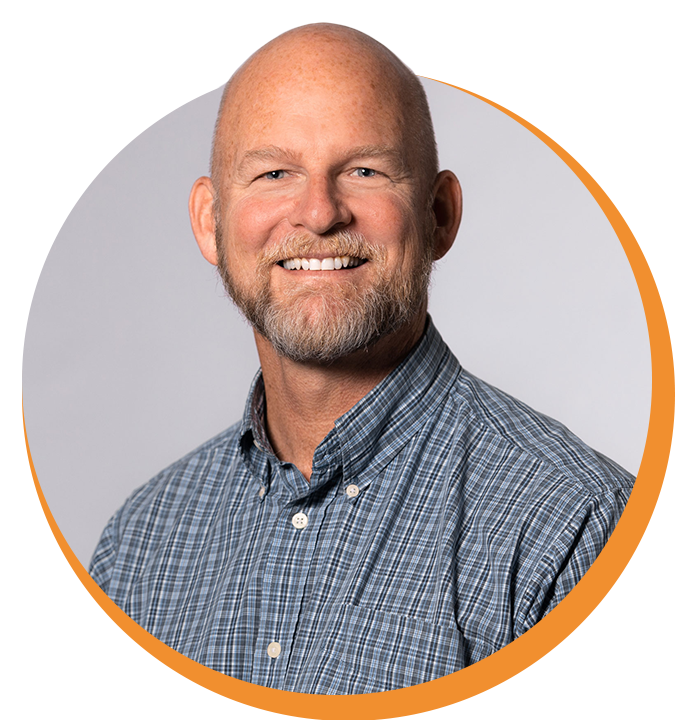 Nathan Mayo
Nathan Mayo
Network Director
Read more from Nathan
An in-depth survey on who uses expensive payday loans and why showed that lack of financial knowledge was a significant factor. According to the surveyors, “On several occasions, borrowers in focus groups equated the simple interest rate (e.g., 15 percent for a loan with a $15 per $100 fee for two weeks) with the Annual Percentage Rate disclosed for a credit card (which might be 15 percent on an annual basis).” This lack of knowledge can and often does lead to terrible financial decisions.
While critics often assert that the poor are the best money managers by necessity, the evidence does not support the claim. In the Federal Reserve’s tri-annual financial survey, the top quartile of households scored about 38% better on very simple financial literacy questions than the poorest quartile. Upon closer examination, this lack of financial literacy is not a special characteristic of poverty but rather is a secondary connection to lower formal education among low-income households.
Certainly, knowledge is not the only barrier to financial prosperity. If the poor had more income, they would also have an easier time maintaining cash savings, investing, and not needing payday loans. But, insofar as they sometimes do have other options, more knowledge would certainly benefit them. The poor are more likely to fall for “rent-to-own” schemes to pay for household appliances. Of the 12 million Americans who use payday loans each year, most do not use them for emergencies but rather take an average of eight loans a year and pay $520 in interest. Seventy-seven percent report using payday loans for recurring expenses, including cable subscriptions or optional purchases such as weekend getaways.
In fact, this missing financial knowledge may be even more important to the poor than to the middle class, because the middle class often have default access to asset building tools like 401(k) plans and home ownership. Wealth building tools are more democratized than ever—with as little as $1 and internet access, anyone can invest in funds with quality stocks and bonds, but you must be informed in order to take advantage of them.
To non-profit and policy leaders the solution seems simple: educate the poor. Unfortunately, such education often has far less impact than intended. According to an oft-cited analysis of 90 studies, the average effect of financial education interventions on behavior is a depressing 0.1%. There is a relationship between pre-existing financial knowledge and better decision making, but most financial training interventions did not improve behavior, even if it did temporarily increase knowledge.
There are numerous explanations of why this might be. According to the study, financial knowledge decays over time such that it has no effect on behavior at about 18 months. This may be in part due to conflicting information from non-experts and biased financial advice from people selling products. Other studies suggest that giving people financial information that is too technical may intimidate them and reduce their confidence, which actually causes worse financial decisions.
On the positive side, there is good evidence that we can improve people’s financial decisions, but the approach must be strategic. If a program is only teaching clients about the power of compound interest, it is unlikely to accomplish anything.
First, focus on cultivating financial soft skills. Some of the best predictors of good financial decisions are basic numeracy, propensity to plan, confidence in ability to research, and willingness to take prudent risk. A course can focus on instilling confidence, making prudent risk seem acceptable, and teaching people how to find reliable financial information rather than merely giving them the information. Keep all the information as simple as possible and action-oriented to ensure you do not intimidate learners with jargon.
Second, create opportunities for immediate application. Financial education is far more effective when delivered just prior to a financial decision. A nonprofit could use a mentoring program to help a client build and enact a budget and save for financial goals. They could use part of the instructional time to help people compare accessible investment opportunities or insurance options and sign up on the spot. Nonprofits can also offer a boost to people moving in the right direction via a program like a matched savings account, food co-op, some additional work opportunities for the under-employed, or access to an interest-free loan to pay off high interest debt.
Third, build a supportive community. When people are in doubt, they tend to do what they perceive others like themselves are doing. You can leverage this principle, called “social proof,” by using a class structure that allows people to share their achievements and aspirations with others. While studies show this effect is powerful, it can also backfire. If the class is mandated and a significant fraction of the attendees aren’t happy to be there and aren’t planning to apply the knowledge, this effect can be contagious. Additional evidence shows, if the class is mixed-income and the middle-class attendees are sharing goals that would be unattainable by poorer participants, this can also demotivate poorer participants and cause them to save less.
It is possible to do all three things well, as programs like the Faith and Finances Curriculum demonstrate. One independent assessment showed dramatic improvements in financial behaviors, including emergency funds, budgeting, and conversations about money with loved ones at the end of the course.
This topic is an important reminder to nonprofit leaders that increasing knowledge is often not enough to inspire change. We must care about the effect of our programs on people’s actions, and we must not cease until we see our activity is generating results.
True Charity Network members have access to detailed reviews of several popular financial curricula available for churches and nonprofits. Network members can click here to view the Curriculum Review Database. Non-members can click here to learn how to get access.

This article is just the tip of the iceberg for the practical resources available through the True Charity Network. Check out all of the ways the network can help you learn, connect, and influence here.
Already a member? Access your resources in the member portal.




